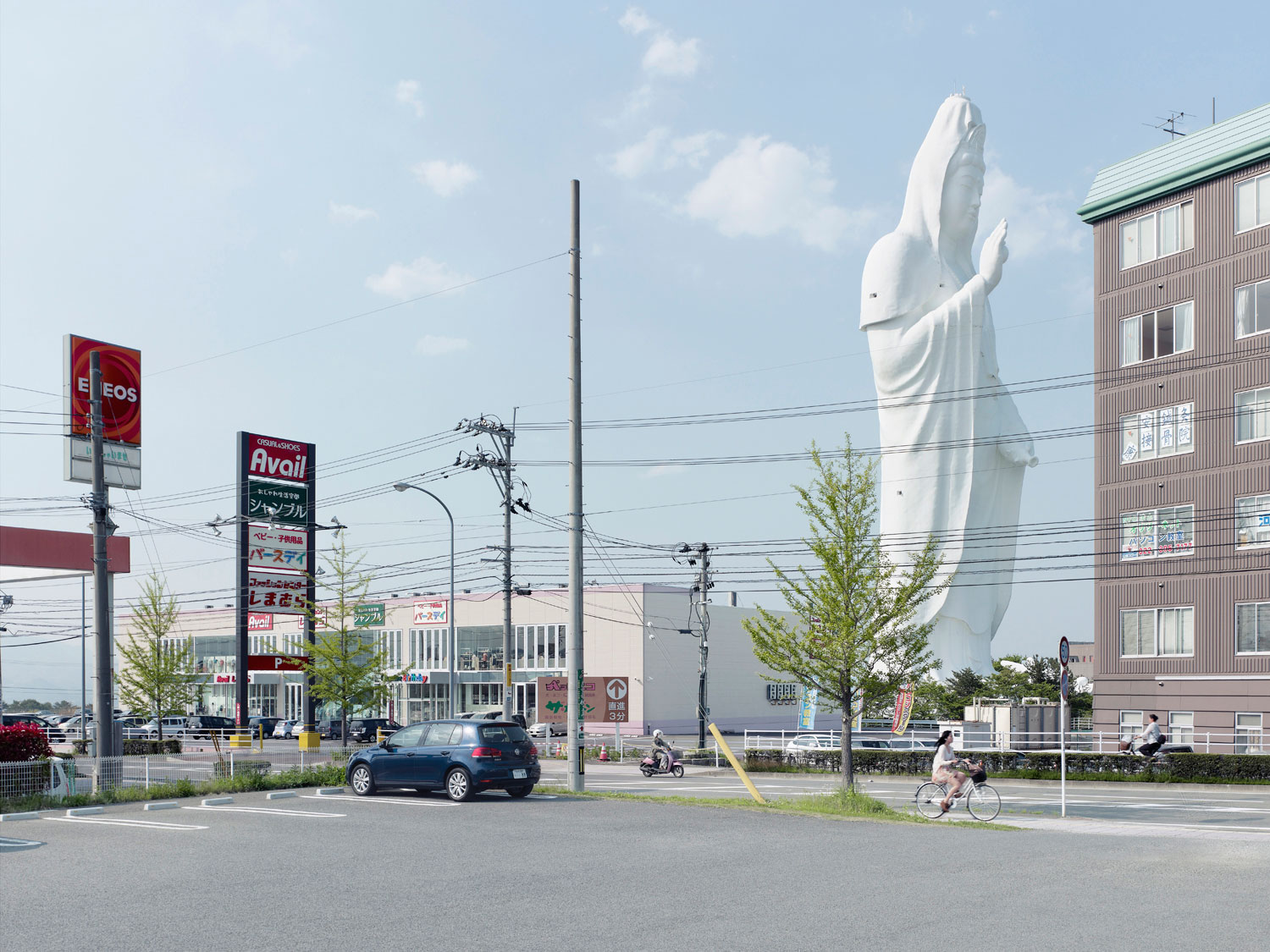
The photographer Fabrice Fouillet was looking to produce work about symbolism and the cult of personality, but couldn’t find the right angle – until he came across a photo of Sendai Daikannon, one of the world’s tallest statues, standing at 328 ft. (100 meters).
“This statue, [which is a Japanese representation of the Buddhist Bodhisattva Kannon], seemed so enormous, so impressive and so surreal since it was set up right at the center of this town,” says Fouillet. “I first thought that the photo was a montage, but it was real. I had found the symbol I was looking for. I was fascinated, and I needed to find out if there were more like it.”
Fouillet located dozens across the world, from Poland, where a 120-ft.-tall figure of Jesus Christ stands in the small town of Świebodzin, to China and the Guan Yu statue that dominates the city of Yuncheng.
“I first made a selection based on size,” he says. “I wanted statues higher than 100 ft. Then I made another selection made on the design of these statues, because it says a lot about the degree of idolization that surrounds them. The African Renaissance Monument in Dakar, for example, is unavoidable for its Stalinian design.”
Fouillet, who struggled to find the right balance between religious statues and those associated with political or nationalistic figures, was intrigued by the human need “to build these immense shrines to power,” he says. “These statues are symbols but they are also educational tools that communicate, to their audiences, the notion of exemplarity – an exemplarity often associated with the figures they represent.”
Fabrice Fouillet is a French photographer based in Paris.
Read next: Here’s What It’s Like to Fly From the Top of the World’s Tallest Building on an Eagle’s Back
Listen to the most important stories of the day.
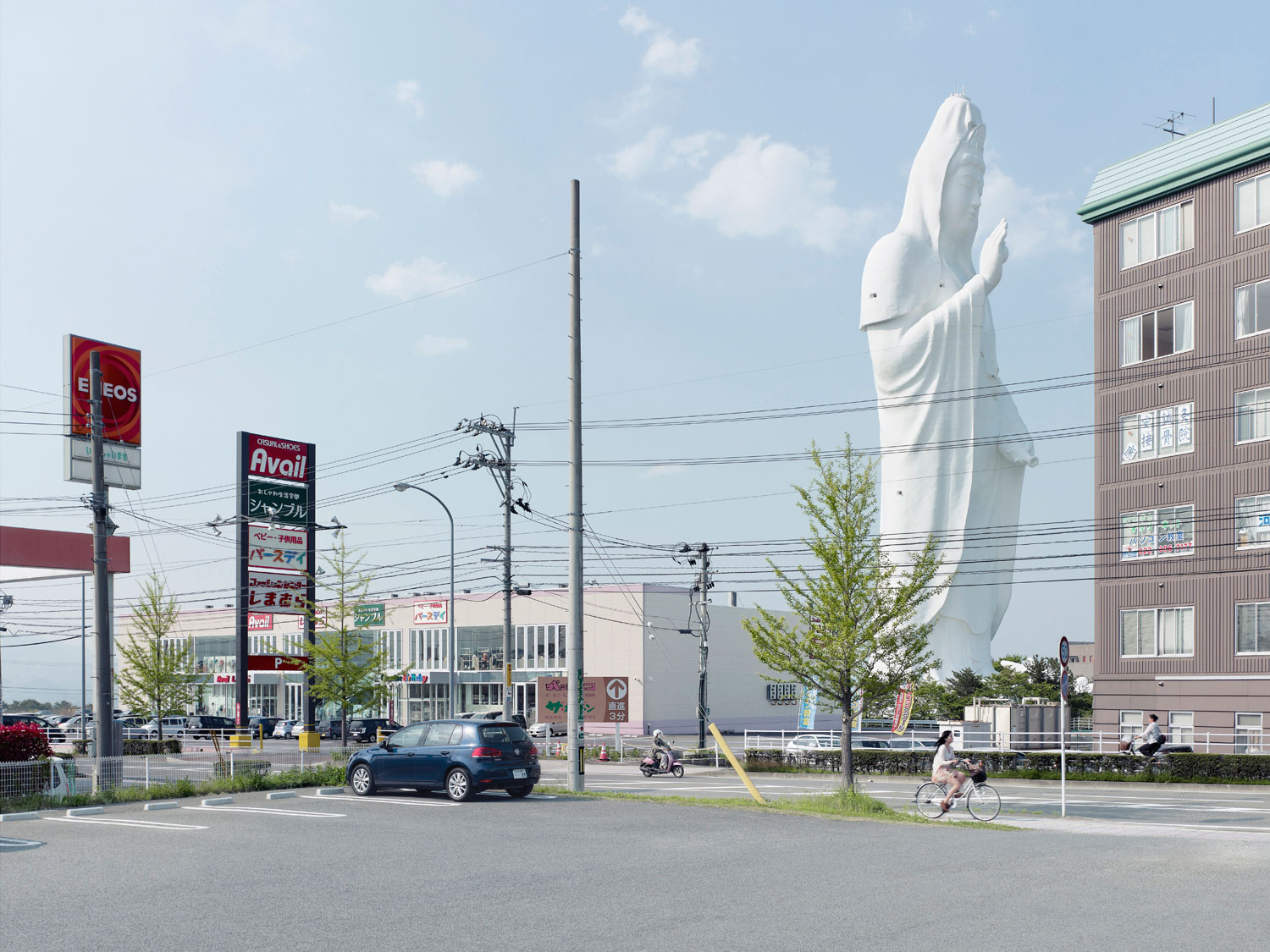

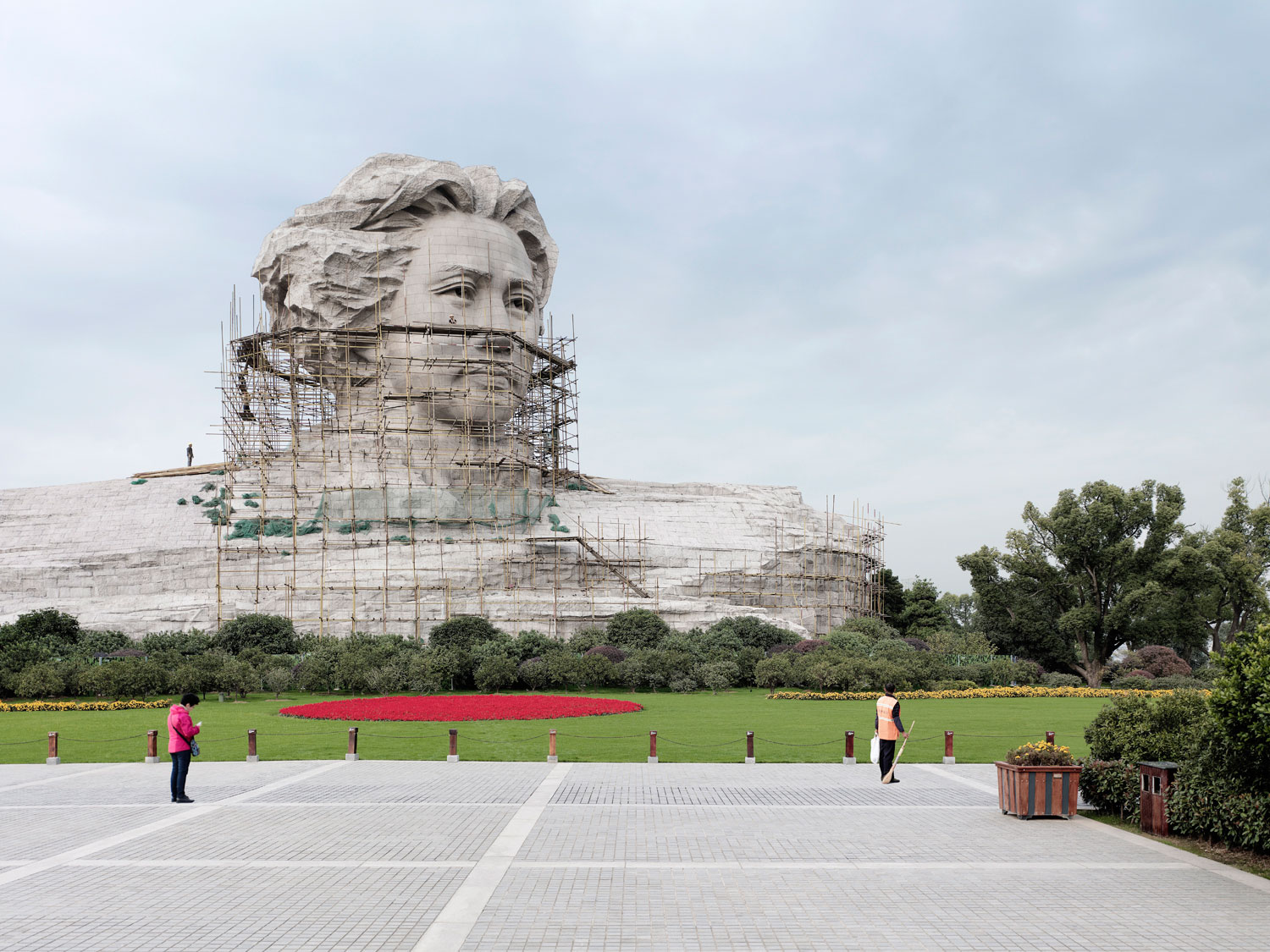
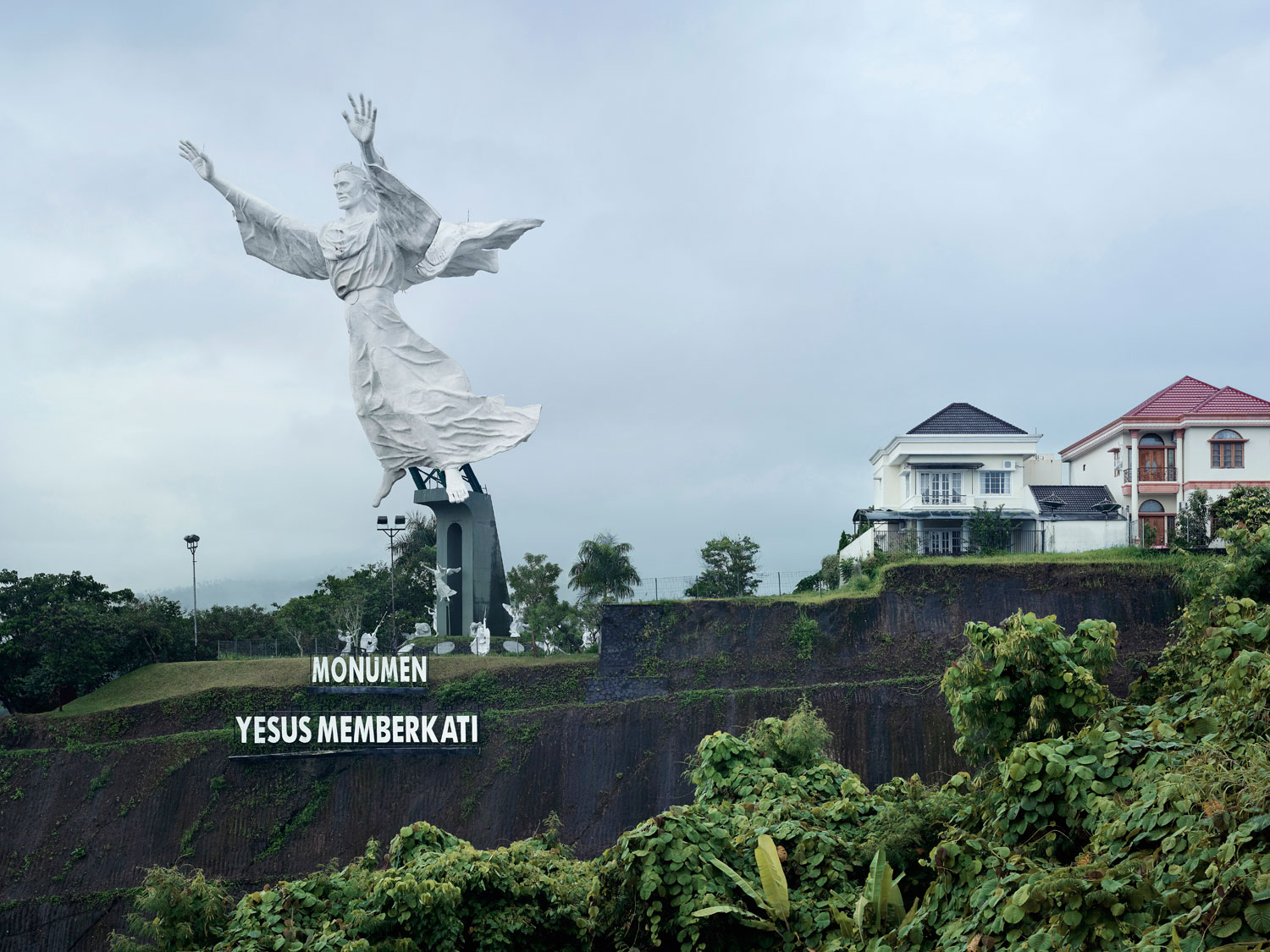
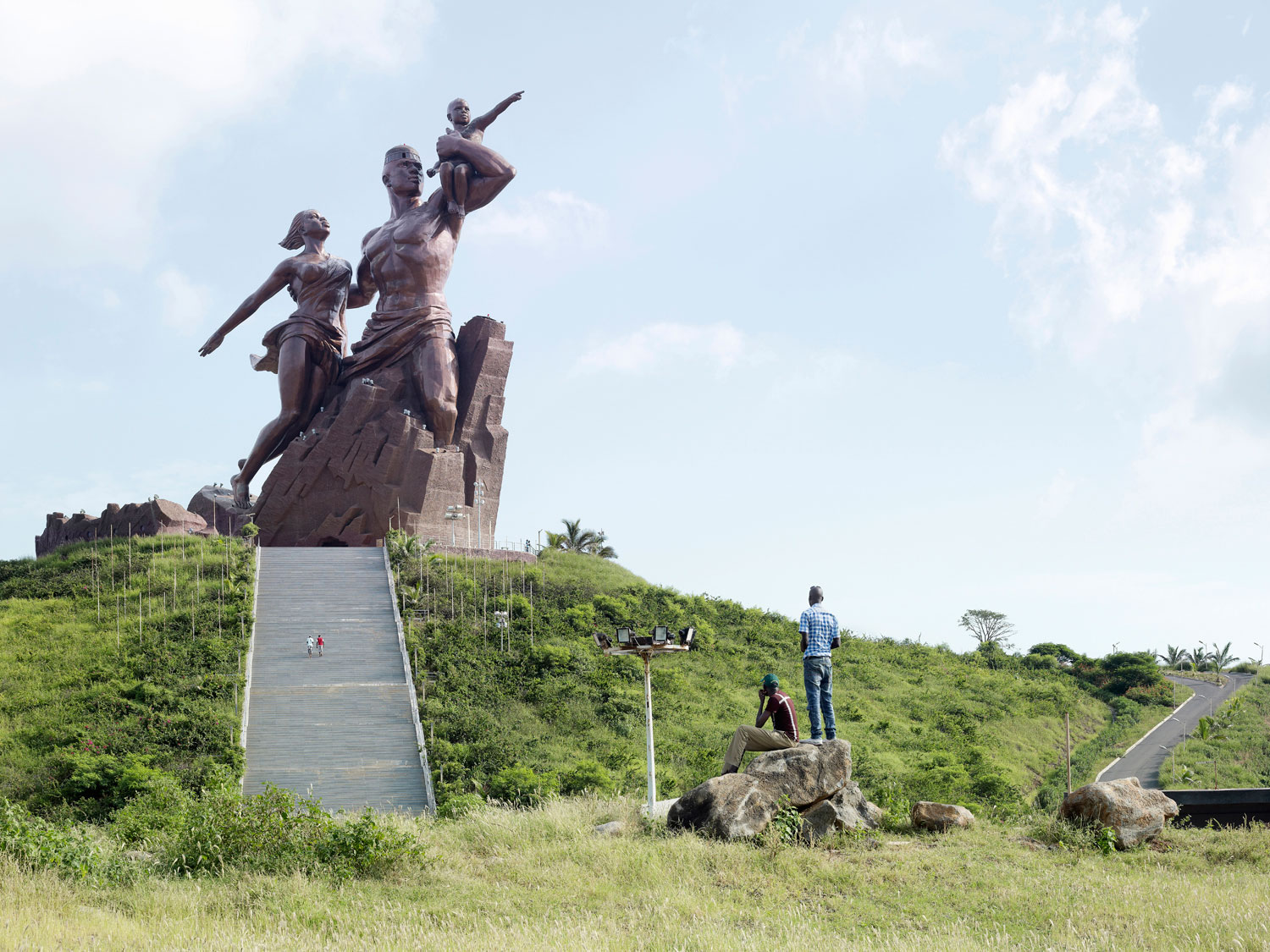
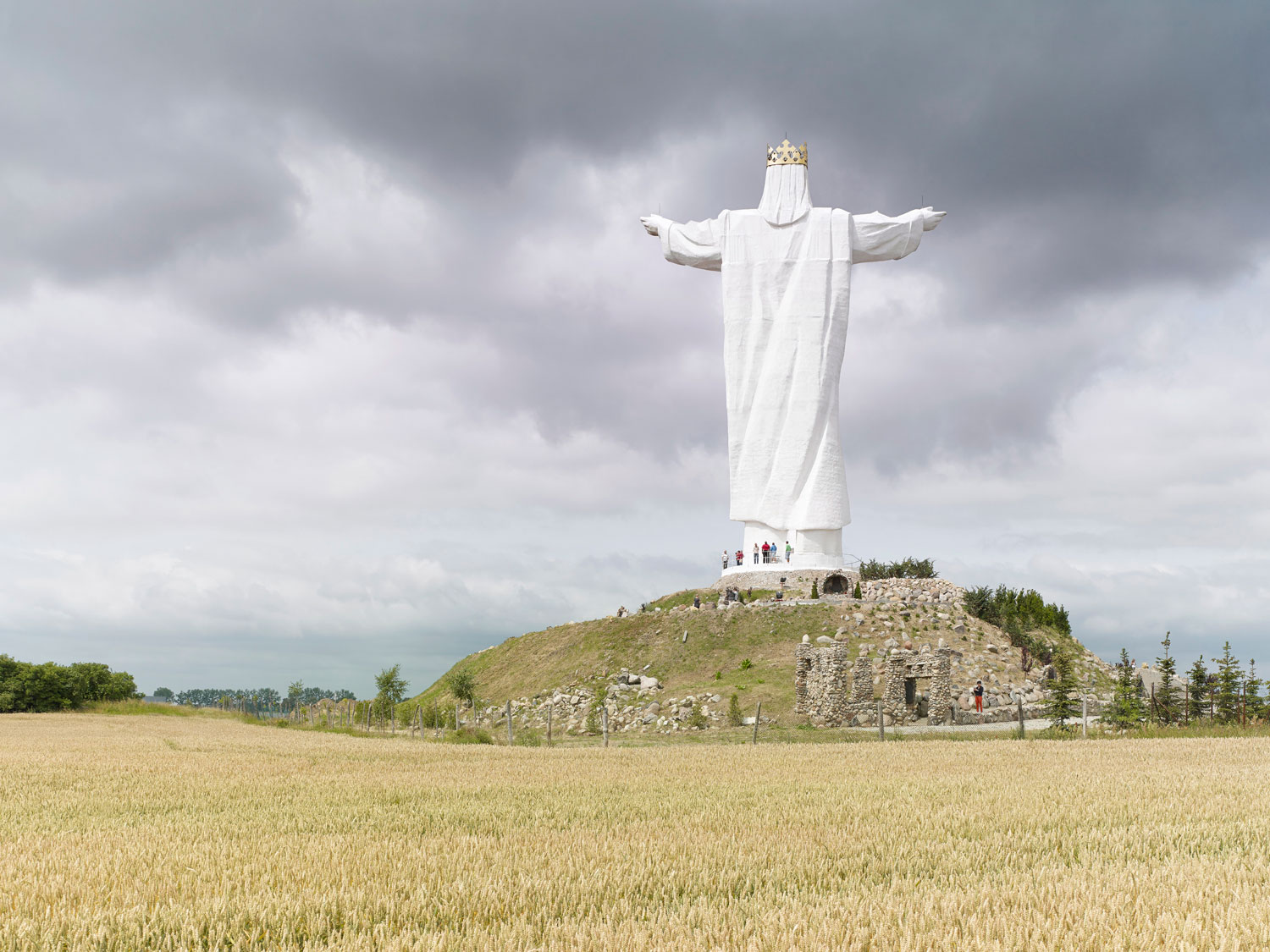
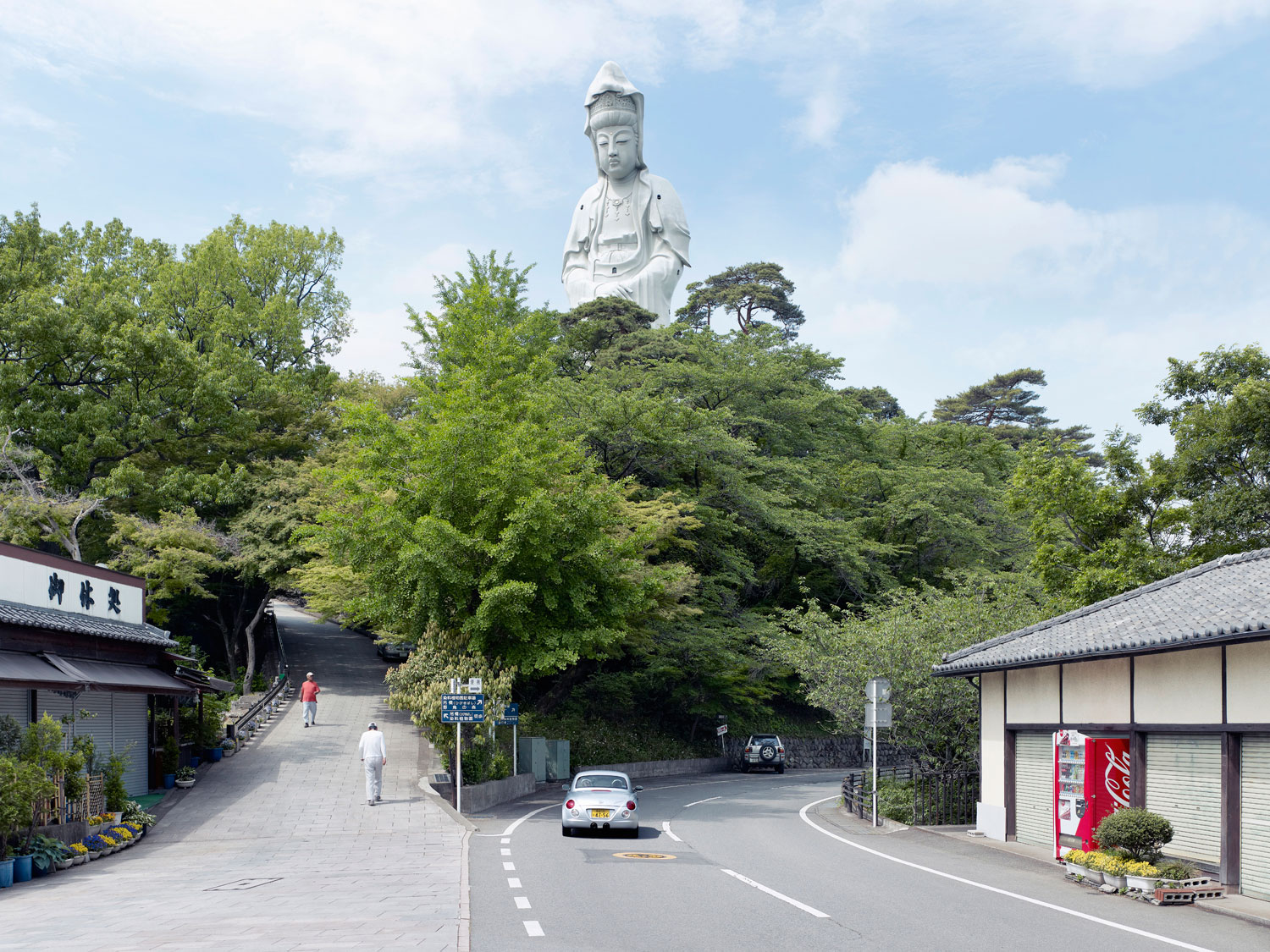
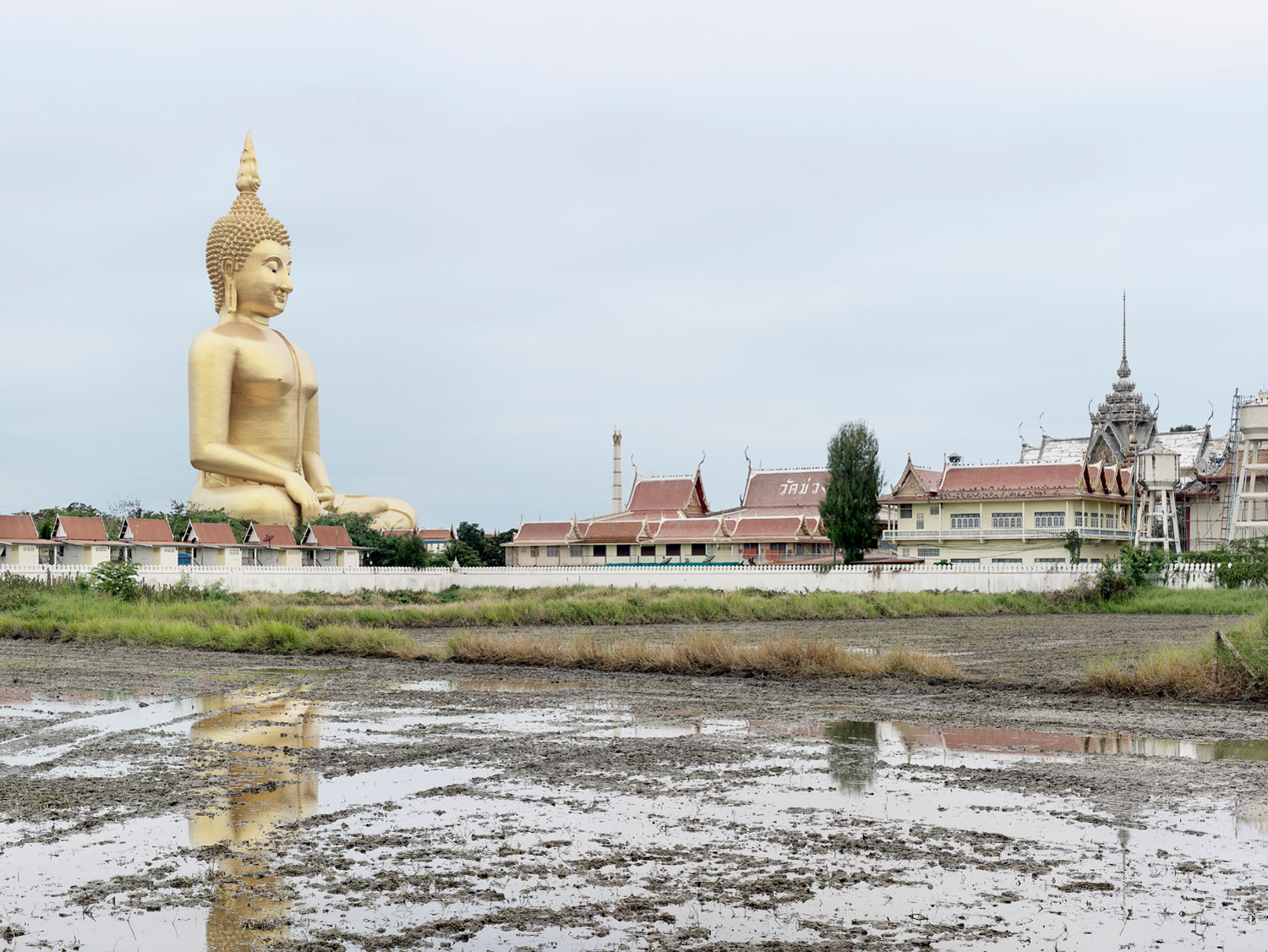
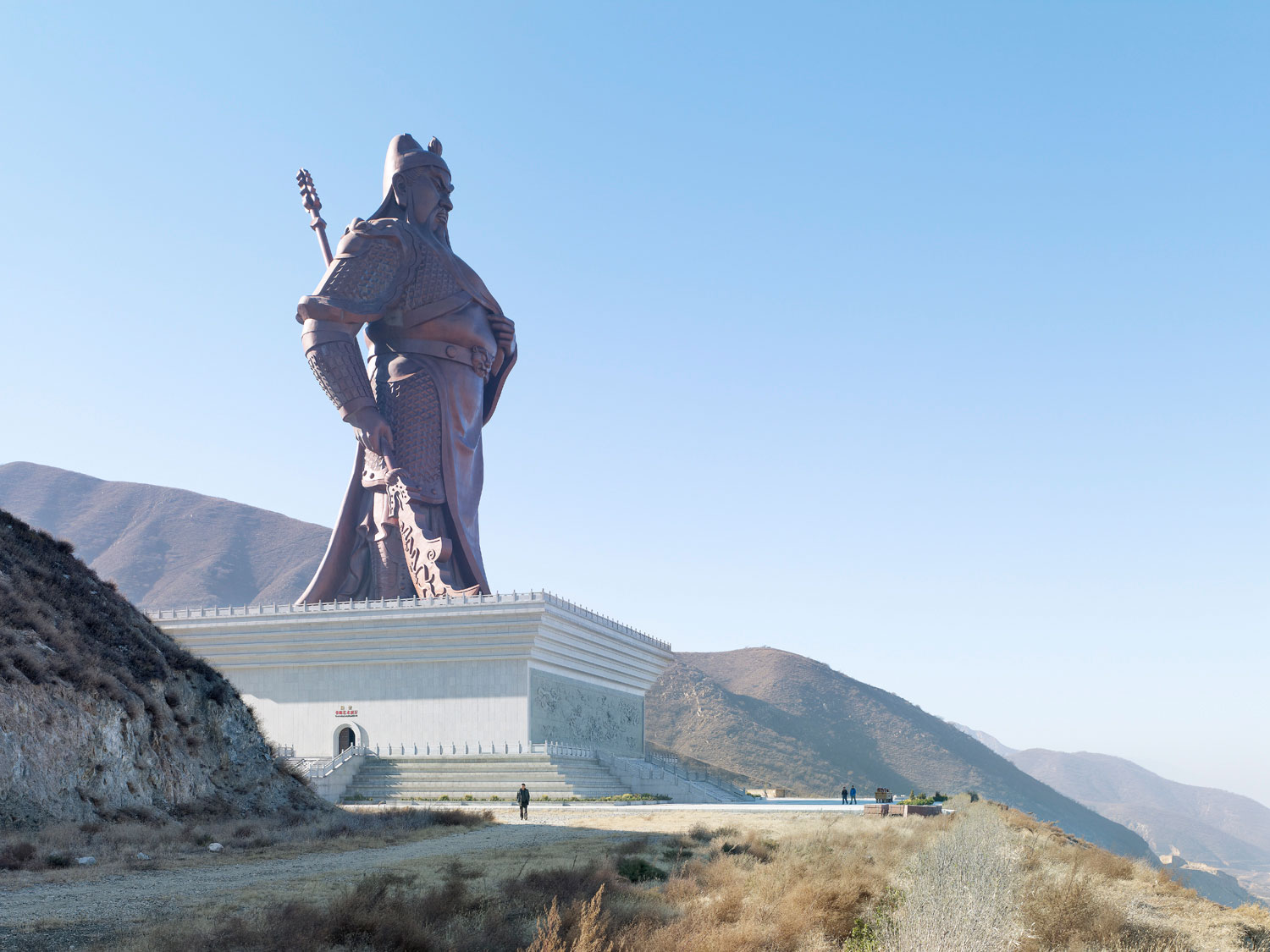
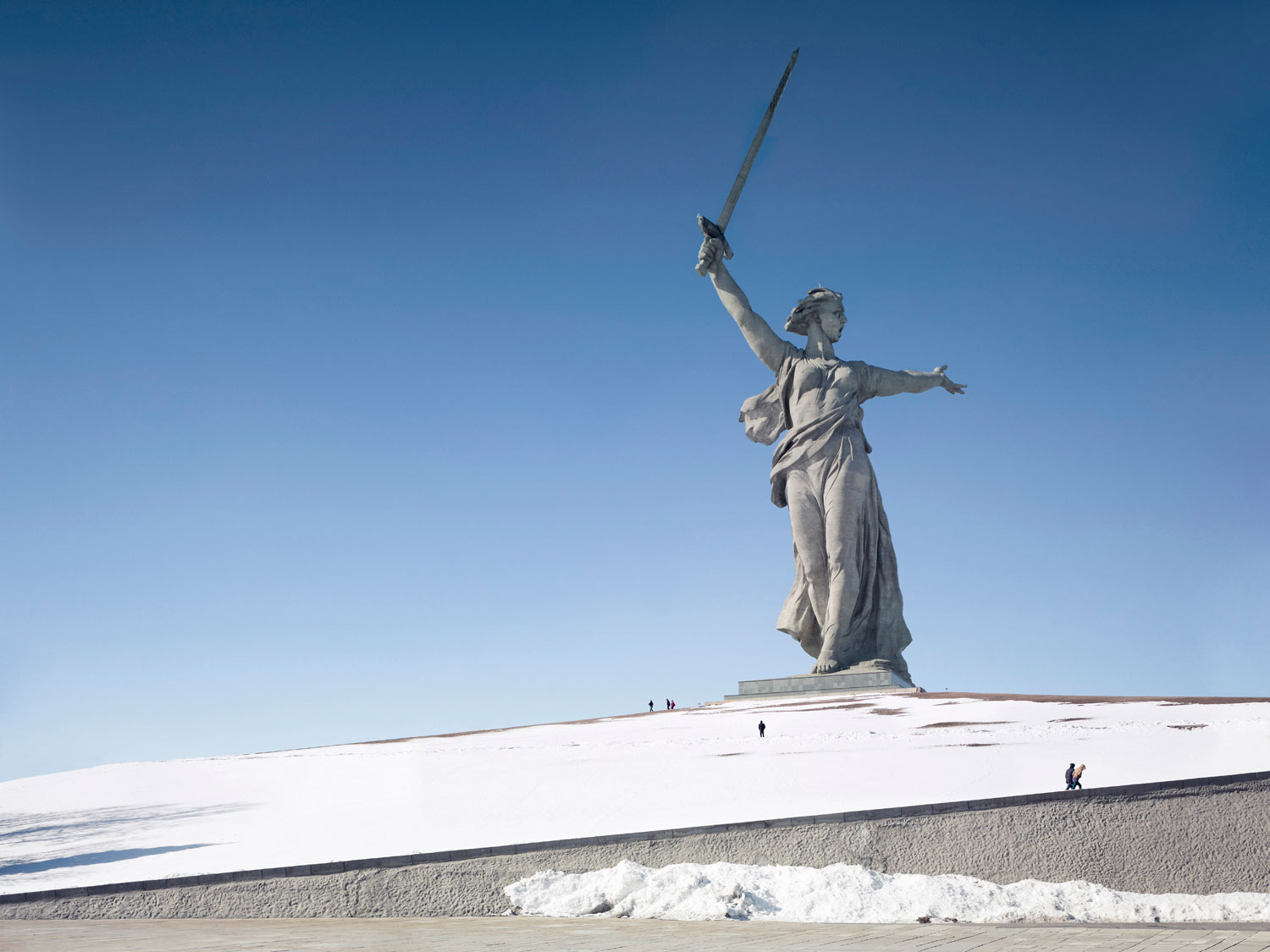
More Must-Reads From TIME
- The 100 Most Influential People of 2024
- Coco Gauff Is Playing for Herself Now
- Scenes From Pro-Palestinian Encampments Across U.S. Universities
- 6 Compliments That Land Every Time
- If You're Dating Right Now , You're Brave: Column
- The AI That Could Heal a Divided Internet
- Fallout Is a Brilliant Model for the Future of Video Game Adaptations
- Want Weekly Recs on What to Watch, Read, and More? Sign Up for Worth Your Time
Contact us at letters@time.com